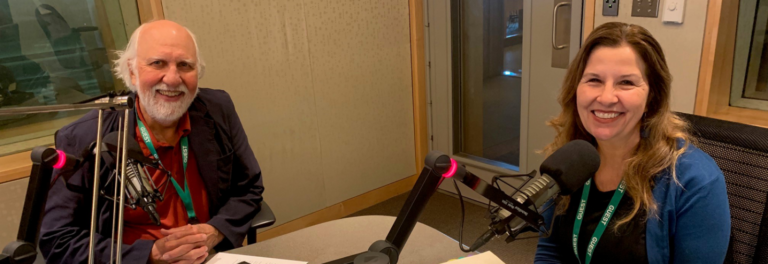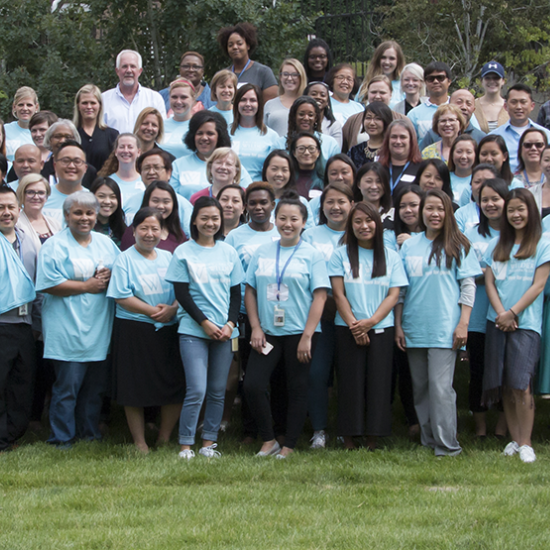In recent decades, community engagement and community-engaged research have become common parlance in the nonprofit and public sectors. However, in practice, they are often vaguely defined or used inconsistently. Developing a clear understanding of these terms can help your organization be more intentional about why and how you engage communities.
Beginning in 2017, a team at Wilder Research began working on a framework to define community-engaged research. An important first step was to distinguish community engagement from community-engaged research. We share the Center for Disease Control’s definition of community engagement as “the process of working collaboratively with and through groups of people affiliated by geographic proximity, special interest, or similar situations to address issues affecting the well-being of those people.” We define community-engaged research as the process of working collaboratively with community members to use research as a tool to better understand and address issues impacting their lives. Both community engagement and community-engaged research recognize that people are the best authorities on their own lived experiences and have the capacity and right to contribute to solutions.
These definitions can seem clear-cut, but often intersect in practice. Below I share three key ways we see research and community engagement overlap. These examples may help your organization enhance your community engagement efforts using research, better evaluate your community engagement efforts, or engage community members in using research as a tool to address issues impacting their lives.
Using research processes in community engagement efforts.
At Wilder Research, we have worked with organizations who are interested in using focus groups, listening sessions, or other methods to learn from communities about their needs and interests, as well as ideas for solutions. For example, Hennepin County Public Health Emergency Preparedness Department partnered with Wilder Research to engage six cultural communities to learn about how the department could better meet the communities’ needs when public health emergencies like pandemic illnesses, natural disasters, or mass shootings occur. We held focus groups to hear from each community about their needs related to preparing for, responding during, and recovering after an emergency, including behavioral health needs. Hennepin County used the results from these focus groups to inform their community emergency preparedness plan and to enhance their community outreach.
Using research to evaluate engagement efforts.
You may also want to measure the reach and impact of their community engagement efforts, or learn about what worked well and how your approach could be improved. In 2016, Wilder Research worked with the Trust for Public Land to evaluate their community engagement efforts around the Midway Peace Park. TPL had purchased three parcels of land on Griggs Street in St. Paul and developed a “creative community engagement” approach to create a shared vision for the future public park. Wilder Research developed a debriefing process to help staff and project stakeholders reflect on key challenges and successes in the engagement efforts, including who was reached and who remained to be reached. These debriefings helped inform each step of the engagement process.
Engaging community members through the research process itself.
Your organization may decide to work with community members to design and implement a research project to answer key questions about a topic. Speaking for Ourselves is one of Wilder Research’s seminal projects looking at the experiences of Hmong, Karen, Latino, Liberian and Somali immigrants in Hennepin and Ramsey County. We engaged community in various ways: The project was guided by an advisory group made up of members from each of the participating immigrant communities, as well as nonprofit organizations and other agencies. The advisory group provided input into the types of information that would be most helpful to gather, the questions to ask, and culturally appropriate methods to gather data in each of the communities. As a part of this study, 459 immigrants and adult children of immigrants were interviewed about education, jobs, health, and engagement in their communities to identify issues of greatest concern and assets within each of the communities. This level of engagement led to trusted results that proved actionable for community organizations.
In a future post, we’ll introduce the community-engaged research framework that looks at how these values are applied across project phases, and explore how to use the framework in your work.
Amanda Hane was a Research Scientist at Wilder Research.




